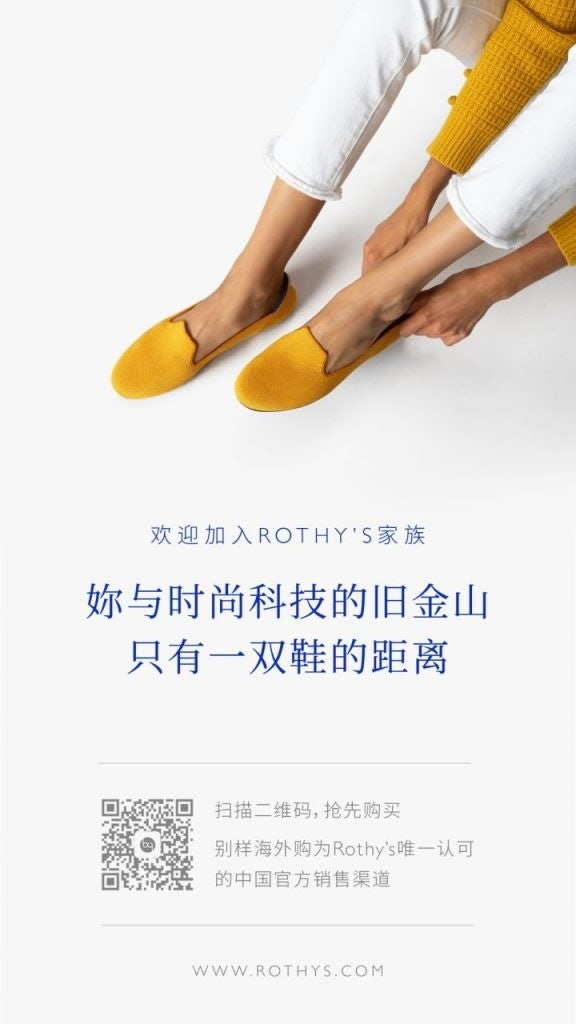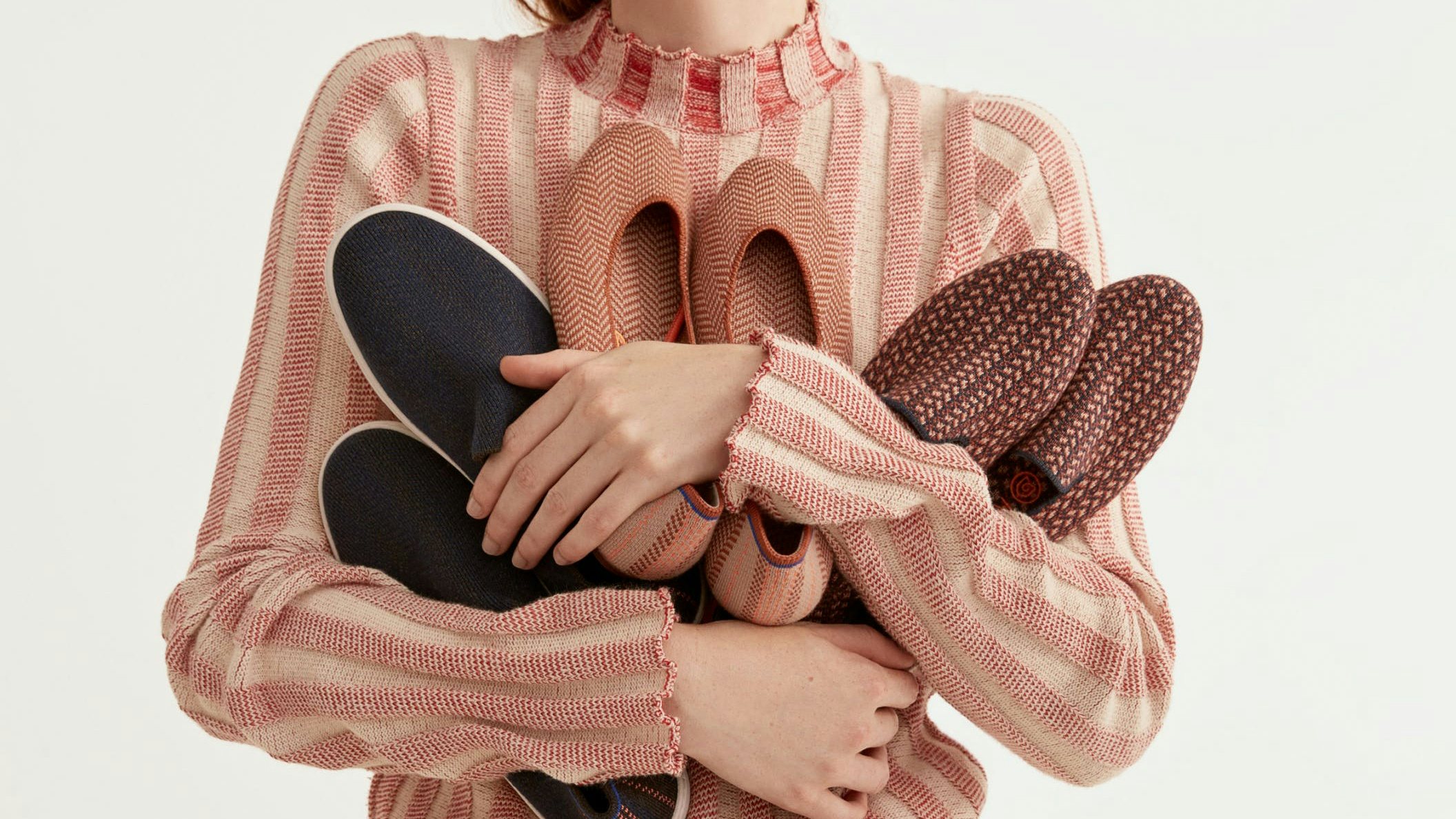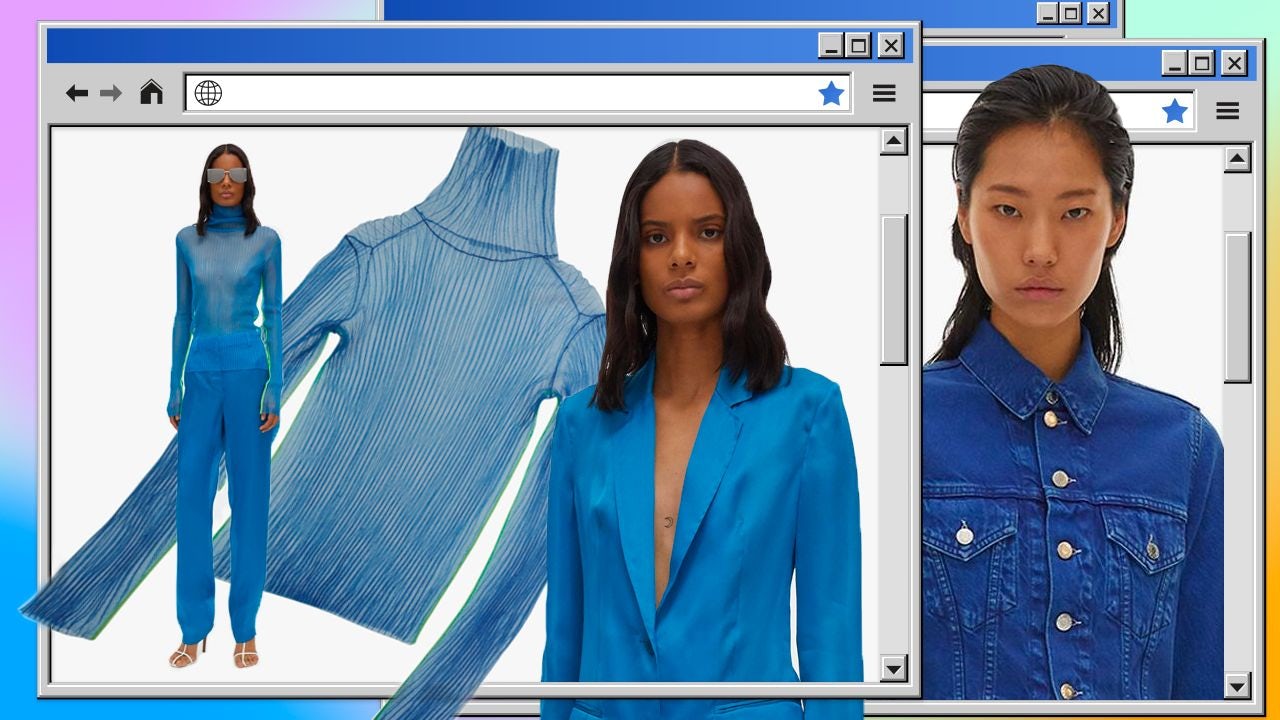Key Takeaway#
s:
- Despite rising US-China tensions, America’s progressive DTC brands have continued to win over the hearts of Chinese millennial consumers.
- Proving to be a part of a club of global millennial elites has become the new status symbol among China’s middle-class youth.
- China’s ever-intensifying competitive environment in the post-COVID era could eventually drive young consumers to embrace brands that promote slower lifestyles.
Stop me if you’ve come across this type of brand before: It has a contemporary and minimalist feel, tells a story of ethical production and sustainable living, and is based in California’s tech centers. Also known as the “DTC brands,” these West Coast-born lifestyle labels have seen their popularity soar with China’s young and upwardly-mobile consumer class over the past few years.
Allbirds, a San Francisco-based sustainable footwear company with a solid clientele among American coastal tech and finance workers, entered the Chinese market in 2019 and expanded to four brick-and-mortar stores within one year. At this month’s Double 11 shopping festival, the company logged its biggest day sales ever since joining Tmall in 2019. Rothy’s, another San Francisco-based recycled shoes label, has enjoyed similar success since the brand started operating on Chinese e-commerce platforms last year. And Everlane, a San Francisco-based fashion label that touts the “radical transparency” of its production system, also reported three-digit growth of Tmall sales during 2020.

Usually known for their progressive values and sustainable lifestyles, these West Coast DTC players have a slightly twisted narrative among their Chinese fans. Across China’s social media, bloggers and brand enthusiasts have framed these progressive brands as the dress code for Silicon Valley elites. To China’s young middle-class, the core appeal of these DTC brands is less about sustainability or ethical fashion and more about the social status implied by wearing, knowing about, and owning the same taste as America’s West Coast elites.

During an interview with China’s financial media Yicai, Rothy’s China General Manager Tang Ying confessed that branding is the utmost key ingredient to an international DTC label’s local success. She said, “What Chinese consumers value most is the perceived power of brand, price, and practicality.”
A more generic vision of the elite Silicon Valley lifestyle lies at the heart of these DTC brands’ allure in China. Despite rising US-China geopolitical tensions, these brands have continued to win over the hearts of Chinese millennial consumers as a cultural extension of Silicon Valley. Though the term “American Dream” has become an increasingly debated topic during a time of heightened nationalism in China, the idea of Silicon Valley as the world’s center for change-makers and billionaires remains.
On both the lifestyle platform Xiaohongshu and the Twitter-like site Weibo, Chinese customer posts often emphasize where the buyer came into contact with these brands, usually during a business trip to the Silicon Valley or from living in some of America’s richest neighborhoods. Phrases like “Silicon Valley elite’s must-haves (硅谷精英标配)” frequently pop up in these brands’ customer reviews. But rather than echoing these brands’ core message of sustainability, Chinese shoppers seem to show more interest in co-opting their minimalist, sporty aesthetic as a way to become global elites themselves.
Emma Li, the founder of the fashion marketing blog and podcast “Annstand,” told Jing Daily that these brands' clubby, exclusive feel is what has contributed most to the rise of West-coast brands in China. “These DTC brands often advocate a sustainable philosophy, and in China, the audience that is most interested in this sort of message is people with overseas backgrounds,” she said. “On social media, these brands are also promoted by Chinese KOLs, who live and work in the Silicon Valley area, or by local influencers who seem to have a successful career in one of China’s Fortune 500 companies. All these associations are powerful attractions for middle-class consumers.”
Although it might seem contrary to their anti-luxury tenets, these West Coast brands have become the de facto status symbol for upwardly mobile millennials in China. A few years ago, the most dominant way of flaunting one’s taste in China was via the “It” bags by old-world heritage brands or logo-laden luxury streetwear items. Today, that status-symbol factor has morphed into a more subtle form of lifestyle competition. With the help of social media, Chinese consumers have incorporated America’s progressive DTC brands into their personal statements, showing that they are a part of an elite cabal of global millennials.
But in the post-COVID era, a class-oriented branding style like this one will surely face further challenges. In a slowing economy and with an imminent global recession, China’s increasingly competitive social environment has incited more conversations about “millennial burnout.” As more and more young people in China start feeling overwhelmed by impossibly high social expectations, they are likely to be attracted to brands that project a more relaxed or “slower” attitude.
“The so-called Silicon Valley elite brands represent the extreme of a business culture that pushes people to be always productive and efficient,” Li added. “Now, young people are experiencing a high level of anxiety and stress, and they will desire brands that represent a more laid-back message.”
Should that be true, there are already options out there. Japan’s Otaku Economy, which features a lifestyle centered around staying home and consuming anime, or the Danish concept of “Hygge,” which is a practice of cozy living, are two promising trends that could become China’s next most-hyped fashion movement.

